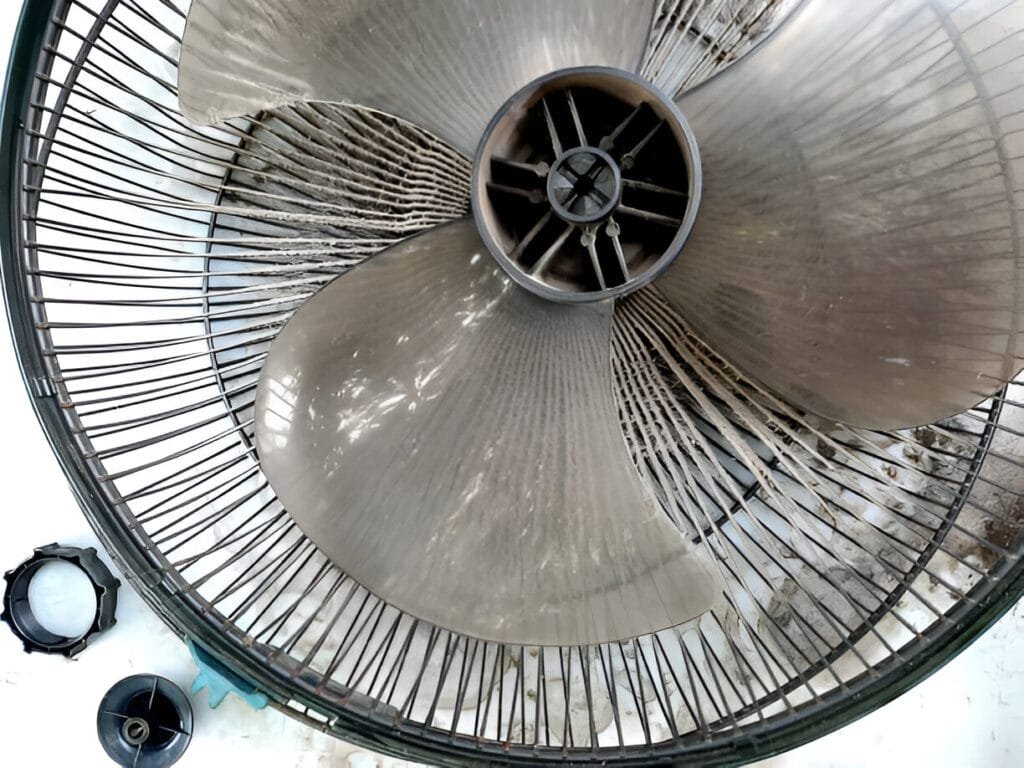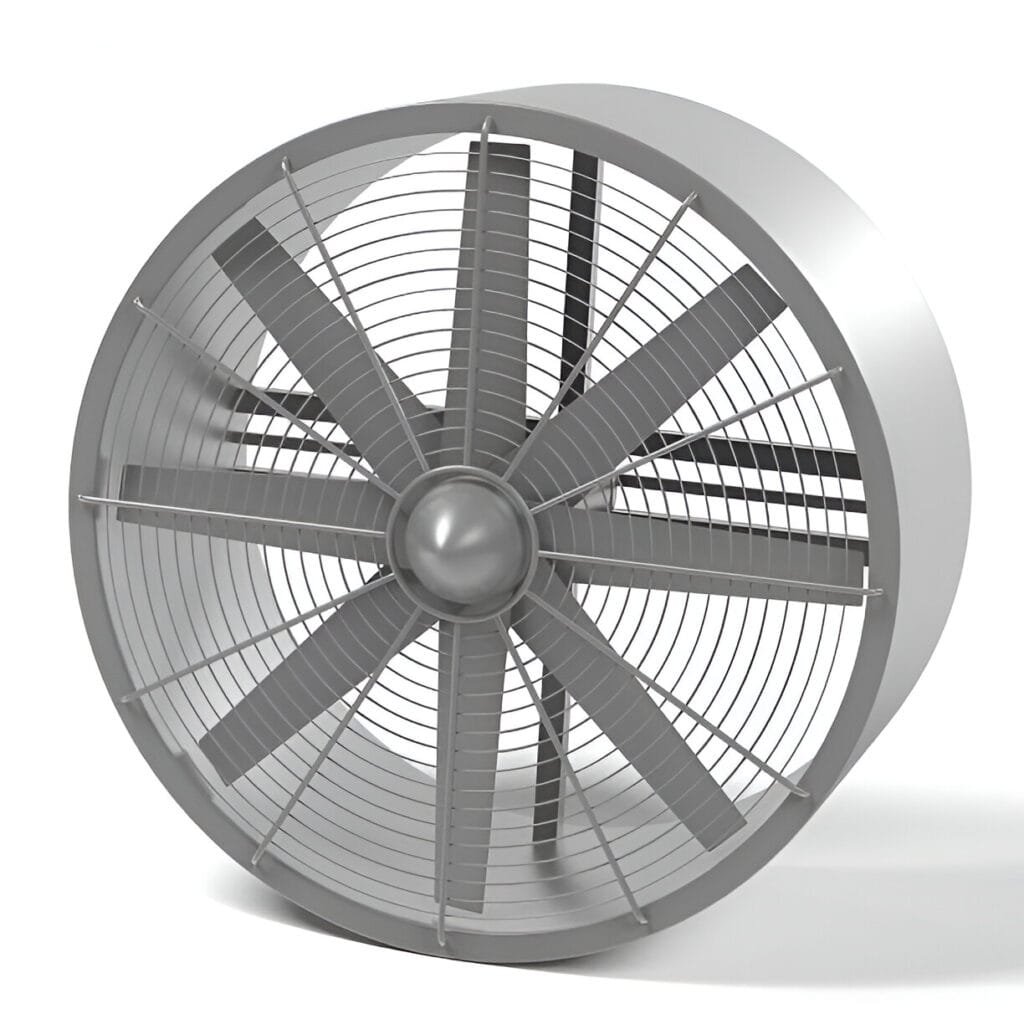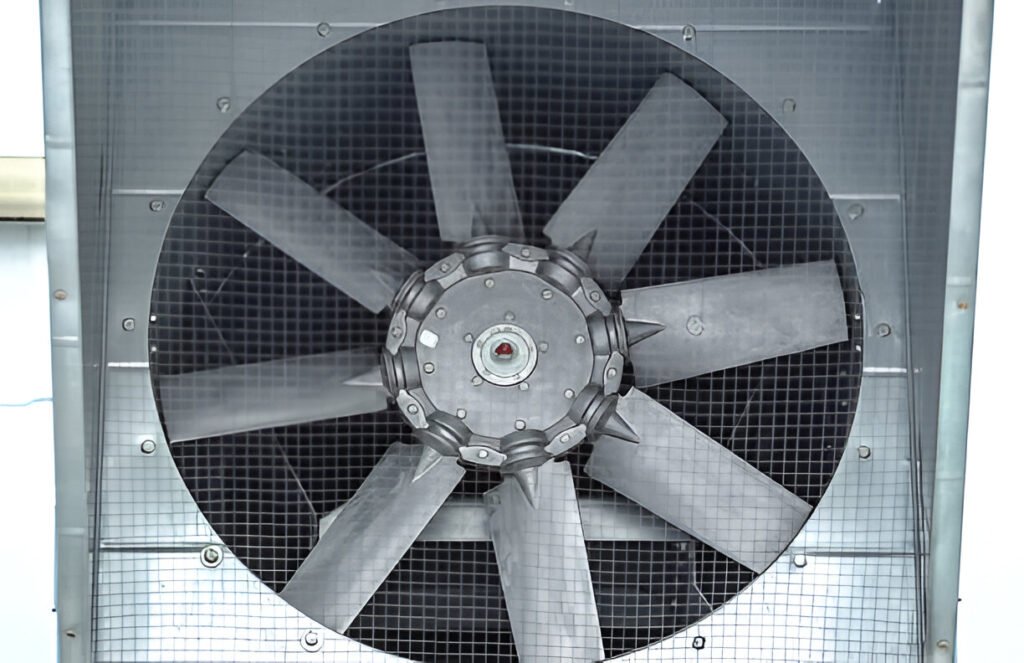What Is the Difference Between Inline Fan and Exhaust Fan
Inline fans and exhaust fans differ in placement and function for ventilating grow rooms or tents.
Read More
Cross flow fans, also known as tangential fans, are specialized air-moving devices that find applications in various industries and equipment. Unlike traditional axial or centrifugal fans, cross flow fans have a unique design that allows for a wide, uniform distribution of airflow across their length.
In this comprehensive blog post, we will delve into the intricacies of cross flow fans, exploring their working principles, components, types, advantages, disadvantages, applications, and selection criteria.

A cross flow fan, also known as a tangential fan or transverse flow fan, is a type of fan that delivers a wide, uniform airflow across its entire width. Unlike conventional fans that generate a focused, circular air stream, cross flow fans produce a rectangular or “curtain” of air, making them an ideal choice for applications requiring a broad, even distribution of air.
Cross flow fans consists of a cylindrical impeller with numerous forward-curved blades arranged along its periphery. As the impeller rotates, air enters the fan through an inlet at one side, flows through the impeller blades, and exits on the opposite side. This airflow pattern is perpendicular to the impeller’s rotational axis, hence the name “cross flow.”
The distinctive airflow characteristics of cross flow fans result from the formation of a vortex within the fan housing. As the impeller rotates, it generates a region of circulating airflow, known as the vortex center, near the fan’s center. This vortex interacts with the incoming airflow, creating a stable, uniform air curtain that spans the width of the fan.


The impeller is the rotating component of a cross flow fan, consisting of a cylindrical drum with numerous forward-curved blades attached to its outer circumference.
The fan housing encases the impeller and directs the airflow through the fan. The housing includes an inlet on one side, where air enters the fan, and an outlet on the opposite side, where the air is discharged.
Cross flow fans are driven by an electric motor, which can be either an AC (alternating current) or DC (direct current) type.
Depending on the application, cross flow fans may incorporate various accessories to enhance performance or meet specific requirements. These can include:
AC cross flow fans are powered by alternating current and typically feature a shaded pole motor or an AC external rotor motor. These fans are known for their compact size and rectangular shape, making them an ideal choice for installation in corners or limited spaces. AC cross flow fans generate a uniform airflow pattern across the width of the fan housing, ensuring efficient cooling of heat-generating components.
DC cross flow fans are powered by direct current and feature brushless motors for efficient operation. These fans are known for their high performance and energy efficiency, making them a popular choice for industrial machinery and electronic components. DC cross flow fans offer precise speed control and can be easily integrated into various systems.
EC fans, or electronically commutated fans, combine the benefits of AC and DC cross flow fans. These fans feature an ECblue high-efficiency motor that offers superior energy efficiency and performance. EC fans provide precise speed control, allowing for optimized airflow and reduced power consumption.


The rectangular shape and slim profile of these fans allow them to fit into tight spaces where other types of fans may not be suitable.
The unique design of the fan housing and the curved blades creates a tangential airflow pattern that evenly distributes air along the length of the fan.
The design of these fans minimizes turbulence and reduces noise levels compared to other fan types.
The aerodynamic design of the impeller blades and the optimization of the airflow path contribute to reduced power consumption. Additionally, advancements in motor technology, such as the use of brushless DC motors or electronically commutated (EC) motors, further enhance the energy efficiency of cross flow fans.
One disadvantage of cross flow fans is their limited pressure capabilities compared to other fan types, such as centrifugal fans. Cross flow fans are designed for applications requiring moderate to low-pressure air movement. They may not be suitable for applications that demand high static pressure or need to overcome significant resistance in the airflow path.
As mentioned earlier, cross flow fans are most efficient when operating at low to moderate pressures. When subjected to higher pressures, the efficiency of cross flow fans tends to decrease. This is due to the increased turbulence and flow separation that occurs at higher pressures, leading to a loss of airflow and reduced performance.
Cross flow fans are more sensitive to dust and debris compared to other fan types. The narrow spaces between the impeller blades and the fan housing can be prone to clogging if the air being moved contains a high concentration of particulate matter.
One of the most common applications of cross flow fans is in air conditioning systems, particularly in split air conditioners. The compact size and uniform air distribution of cross flow fans make them ideal for use in the indoor units of split air conditioners.
Cross flow fans are extensively used in the cooling of electronic equipment, such as computers, servers, and telecommunications devices. The compact design of cross flow fans allows them to be easily integrated into electronic enclosures, providing efficient cooling for heat-generating components.
In industrial settings, cross flow fans are employed for process cooling applications. They are used to cool machinery, equipment, and production lines where uniform air distribution and efficient heat removal are crucial.
Cross flow fans also find applications in transportation systems, particularly in the cooling of automotive and aerospace components. Their compact size and efficient airflow make them suitable for use in vehicle air conditioning systems, battery cooling, and electronics cooling. In aerospace applications, cross flow fans are used for ventilation and cooling of aircraft cabins and avionics systems.
In agricultural and horticultural settings, cross flow fans are used for ventilation and climate control. They help maintain optimal growing conditions in greenhouses, poultry farms, and livestock facilities by providing uniform air circulation and temperature regulation.
The compact size and rectangular shape of cross flow fans make them an ideal choice for applications with limited space. However, it is crucial to select a fan size that fits the available installation space while providing sufficient airflow for the intended application.
Airflow rate, measured in cubic feet per minute (CFM), is a critical factor in selecting a cross flow fan. The required airflow rate depends on the specific application and the heat-generating components that need cooling.
When selecting a cross flow fan, it is important to consider the noise level specifications, typically measured in decibels (dB), to ensure the fan operates within acceptable noise limits for the intended environment.
Power consumption and efficiency ratings should be evaluated to ensure the fan operates efficiently while providing the required airflow.